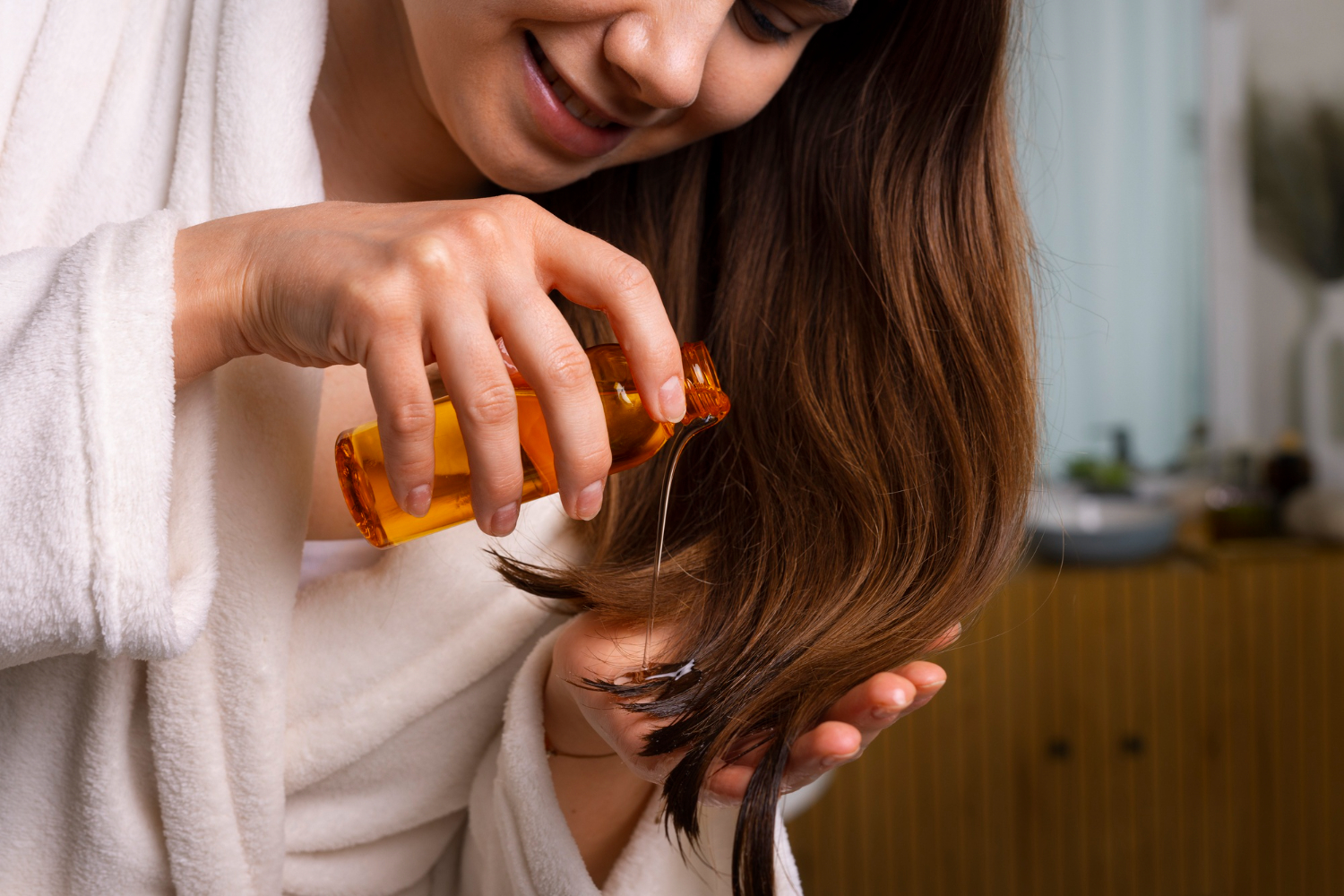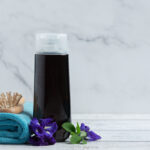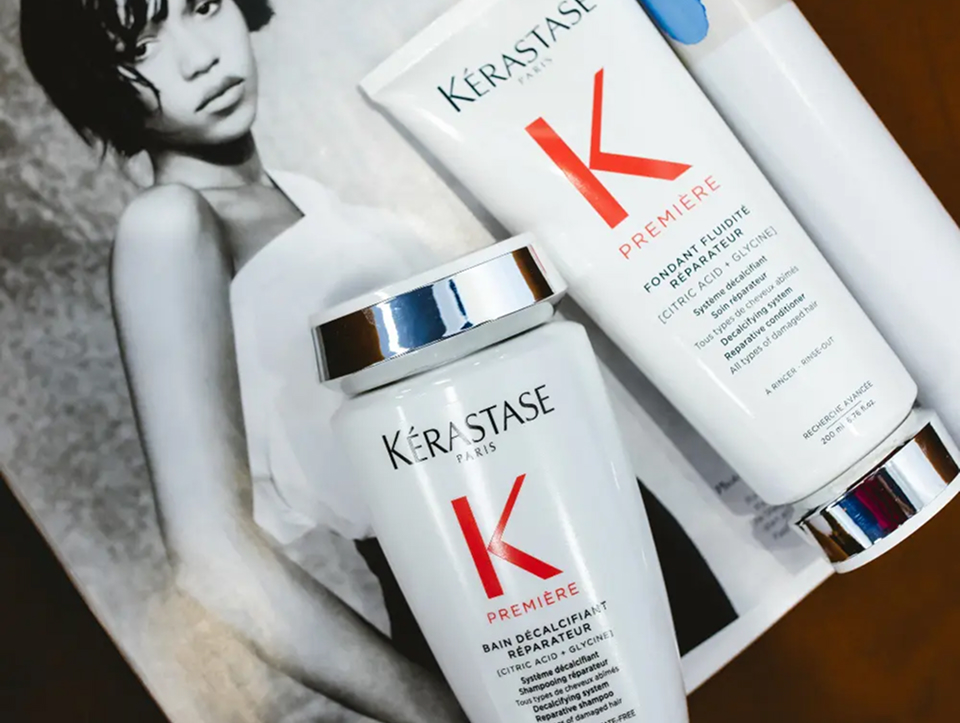Stop guessing, learn how to use hair oil so it works harder for your hair.
When applied the right way, hair oil isn’t just a luxury, it’s a powerhouse for shinier, stronger, and healthier hair. From taming frizz and dryness to enhancing natural shine, timing and technique make all the difference.
In this guide, we break down pre-shampoo treatments, styling methods (LOC, LCO, final seal), overnight scalp and hair routines, and growth-boosting tips, all backed by expert insights and easy-to-follow steps that make Haste Hair’s advice stand out.
Why Hair Oil Works
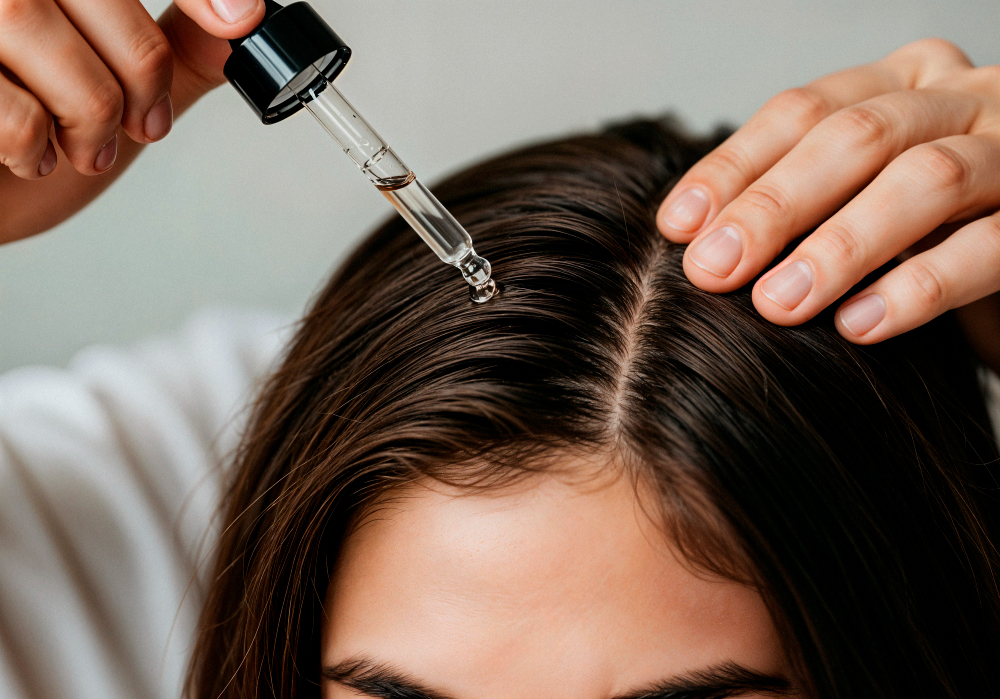
Hair oil isn’t just a traditional remedy; it’s supported by research:
- Coconut oil reduces protein loss by penetrating the hair shaft. This protects your hair during washing and styling.
- Almond oil helps improve elasticity and protect hair from UV damage.
- Castor oil nourishes the scalp, with antimicrobial and moisturizing properties. Perfect for dandruff-prone hair.
- Rosemary oil may help boost hair density, similar to minoxidil, when used consistently over a period of 6 months.
- Peppermint oil can stimulate scalp circulation, potentially supporting hair growth.
💡 Tip: Combine a carrier oil (coconut, almond, jojoba) with a few drops of essential oils like rosemary or peppermint for maximum benefits. Also, check out how you can use hair serum to help strengthen your hair.
👉 Related Read: Hair Serum vs Hair Oil and Salon Hot Oil Treatments vs At-Home Treatments
How to Use Hair Oil
1. Pre‑Shampoo Treatment (“Pre‑Poo”)
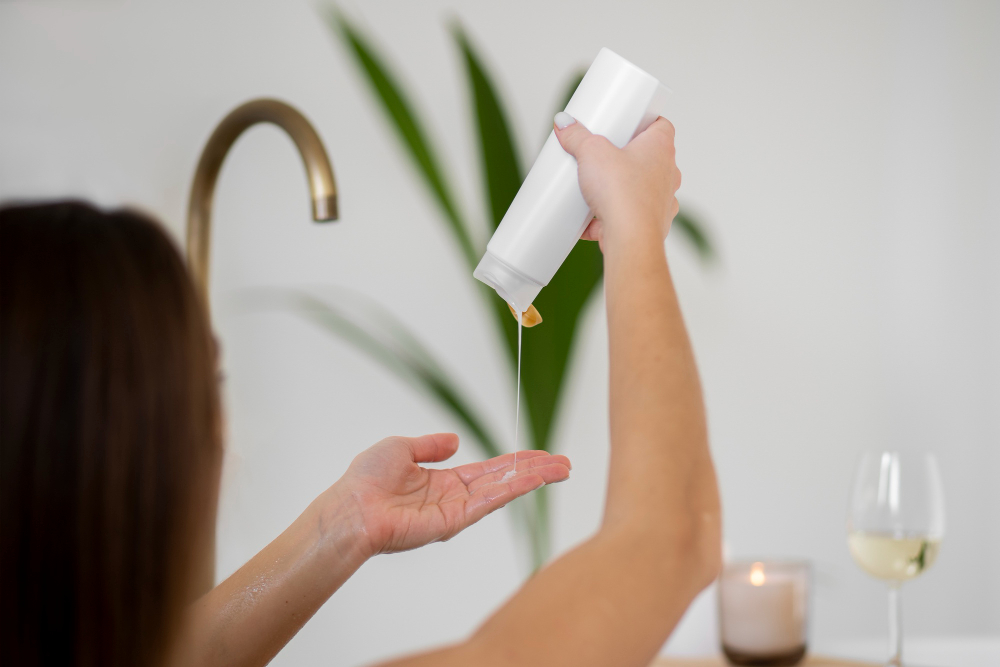
Pre-shampoo oiling protects hair from shampoo stripping away natural oils and prevents breakage.
Step-by-step guide:
- Detangle hair gently with a wide-tooth comb.
- Section hair into 4–6 parts.
- Warm a small amount of coconut or castor oil between your palms and apply from roots to tips.
- Leave 15–30 minutes or overnight for deep conditioning.
- Wash with a gentle shampoo and follow with conditioner.
💡 Tip: Use a shower cap for overnight oiling to prevent staining your pillowcase. For fine hair, use lightweight oils like jojoba or almond to avoid heaviness.
Why it works: Oils penetrate the hair shaft, strengthening strands and reducing protein loss. Pre-pooing also minimizes frizz and split ends.
🔗 Learn more about pre-shampoo treatments: Haste Pre-Shampoo Treatment
2. For Styling: Seal in Moisture

Oiling can act as the final step to lock in moisture after styling. Use the LOC or LCO method depending on your hair type:
- LOC (Liquid → Oil → Cream): Ideal for high-porosity hair prone to rapid moisture loss.
- LCO (Liquid → Cream → Oil): Ideal for low-porosity hair that needs lighter sealing.
💡 Tip: Use only a few drops of oil to avoid greasiness. Rub oil between palms before smoothing over your hair. Try the “praying hands” technique—press palms together along hair sections instead of rubbing—to avoid breakage and frizz.
🔗 Styling guide: Air Drying or Blow Drying Tips
3. Final Styling Touch
After drying your hair, add a tiny bit of oil to your palms and smooth lightly over your hair:
- Focus on ends and flyaways.
- Avoid applying to the roots if your hair is naturally oily.
💡 Tip: Mix a drop of almond oil with your hair serum for extra shine and smoothness.
👉 Do you know when to use a scalp serum or hair oil? Learn everything about them here.
4. Nighttime Scalp Massage

Massaging your scalp with oil overnight can improve circulation, reduce dryness, and support hair growth.
How to do it:
- Warm 2–3 drops of castor, rosemary, or peppermint oil.
- Massage in small circles using your fingertips.
- Leave on overnight or wash out in the morning if desired.
💡 Tip: Do this 2–3 times per week, especially on thinning or slow-growing areas. Use gentle pressure to avoid irritating sensitive scalp areas.
Why it works: Oils moisturize the scalp, reduce irritation, and may stimulate follicles.
🔗 For personalized scalp treatments: Haste Scalp Treatment
Frequency & Best Practices
- Pre-wash: 1–2 times per week for damaged hair.
- Styling: As needed; tiny drops go a long way.
- Nighttime massage: 2–3 times per week.
💡 Tip: Always patch-test new essential oils to avoid irritation. Rotate oils based on season—lighter oils in summer, richer oils in winter.
Choosing the Right Hair Oil

| Goal | Oil(s) Recommended | Key Benefits |
|---|---|---|
| Reduce protein loss | Coconut | Protects strands during washing |
| Improve elasticity & UV protection | Almond | Soft, resilient hair |
| Seal moisture & shine | Jojoba, Argan | Lightweight, smooth finish |
| Scalp nourishment & growth | Castor, Rosemary, Peppermint | Follicle stimulation, antimicrobial |
| Dandruff & scalp hydration | Black Seed Oil | Reduces dryness, protects scalp |
💡 Tip: Mix a base oil with essential oils to target multiple concerns. Always choose 100% natural oils to avoid chemical build-up. If you’re exploring premium options, Kérastase offers a range of hair oils formulated for different hair needs, from hydration to frizz control.”
What’s Inside Hair Oil?

Hair oils aren’t all the same. Knowing the ingredients helps you pick the right oil for your hair type and avoid irritation. Here’s a quick guide:
Natural Base Oils:
- Argan oil: Packed with vitamin E and antioxidants to moisturize and strengthen hair.
- Coconut oil: Penetrates deeply to prevent protein loss, but can weigh down fine hair.
- Jojoba oil: Mimics natural scalp oils, hydrates, and adds shine.
- Olive oil: Softens hair, improves elasticity, and reduces split ends.
- Almond oil: Rich in vitamins to fight dryness and frizz.
Essential Oils & Additives:
- Tea tree, rosemary, and lavender oils for scalp health and a natural scent.
- Added nutrients like vitamin E, pro-vitamin B5, keratin, and fatty acids for extra nourishment.
💡 Tip: Always check the ingredient list to avoid scalp irritation, especially if you have sensitive skin.
Benefits of Using Hair Oil

Hair oil isn’t just for repairing damage—it’s a versatile tool for:
- Shine & smoothness: Locks in moisture and tames frizz.
- Scalp nourishment: Penetrates hair shaft and strengthens follicles.
- Curl definition: Enhances natural curl patterns for coily or curly hair.
- Aging hair support: Helps maintain elasticity and overall hair health.
Hair texture and density can change as you get older, impacting moisture retention and shine. Learn more about how your hair changes as you age and how to adapt your hair care routine accordingly.
Not sure which oil suits you best? Our experts can provide personalized recommendations based on your hair type and concerns. Book a consultation today.
Common Mistakes to Avoid
Even though hair oil is a versatile tool, misusing it can leave your hair looking and feeling worse instead of better. Here’s why these common missteps matter:
1. Using too much oil → heavy, greasy hair
It’s tempting to slather your hair with oil, thinking more is better—but overdoing it can weigh hair down, make it look greasy, and even attract dirt. A few drops often go a long way, especially for fine hair. Remember: oils seal in moisture; they don’t replace it.
2. Skipping hydration first → oils only seal moisture, don’t hydrate
Oils are excellent at locking in hydration, but they cannot hydrate hair on their own. If your hair is dry and you apply oil first, it may trap the dryness rather than fix it. Always apply water or a leave-in conditioner before sealing with oil to maximize softness and shine.
3. Sticking with one oil → different oils offer unique benefits
No single oil does it all. For instance, argan oil adds shine, coconut oil protects against protein loss, and jojoba oil mimics natural sebum. Rotating or layering oils based on your hair’s needs can help target multiple concerns—like frizz, dryness, and scalp health.
4. Not patch testing → essential oils may irritate sensitive scalps
Many hair oils contain essential oils like tea tree, rosemary, or lavender. While they offer benefits, they can also trigger irritation or allergies for some people. Patch test any new oil on a small skin area before applying it to your scalp to avoid redness, itching, or flakiness.
💡 Pro Tip: Keep a small hair oil journal to track which oils and methods work best for your hair type. Over time, you’ll fine-tune a routine that keeps your hair shiny, healthy, and happy.
Ready to Transform Your Hair?
Using hair oil the right way isn’t just about adding shine, it’s about nourishing your scalp, locking in moisture, and supporting healthy, resilient hair from root to tip.
By avoiding common mistakes, selecting the right oils for your hair type, and following the best practices for pre-shampoo, styling, and nighttime treatments, you can make your hair look and feel its absolute best every day.
Experiment with layering oils, try the LOC or LCO methods, and always remember to hydrate first. Small changes make a big difference.
Don’t leave your hair to chance. Book a personalized consultation with our Haste experts today and discover the perfect hair oil routine tailored just for you. Your healthiest, shiniest hair yet is just one click away.
FAQ
Can hair oil make my hair greasy? How to avoid it?
Yes, if you use too much or the wrong type for your hair. Fine hair requires only a few drops, while thicker hair can handle more. Start small and build up.
How long should I leave hair oil in for the best results?
For pre-wash treatments, 15–30 minutes is sufficient. Overnight treatments work for deeper conditioning. Styling oils can be left in all day.
Can I mix different oils?
Combining a base oil with essential oils like rosemary, peppermint, or lavender enhances scalp health, shine, and growth.
Can hair oil stimulate hair growth?
While oils improve scalp health and circulation, growth varies. Oils like rosemary, peppermint, and castor may help, but results take time and consistency.

